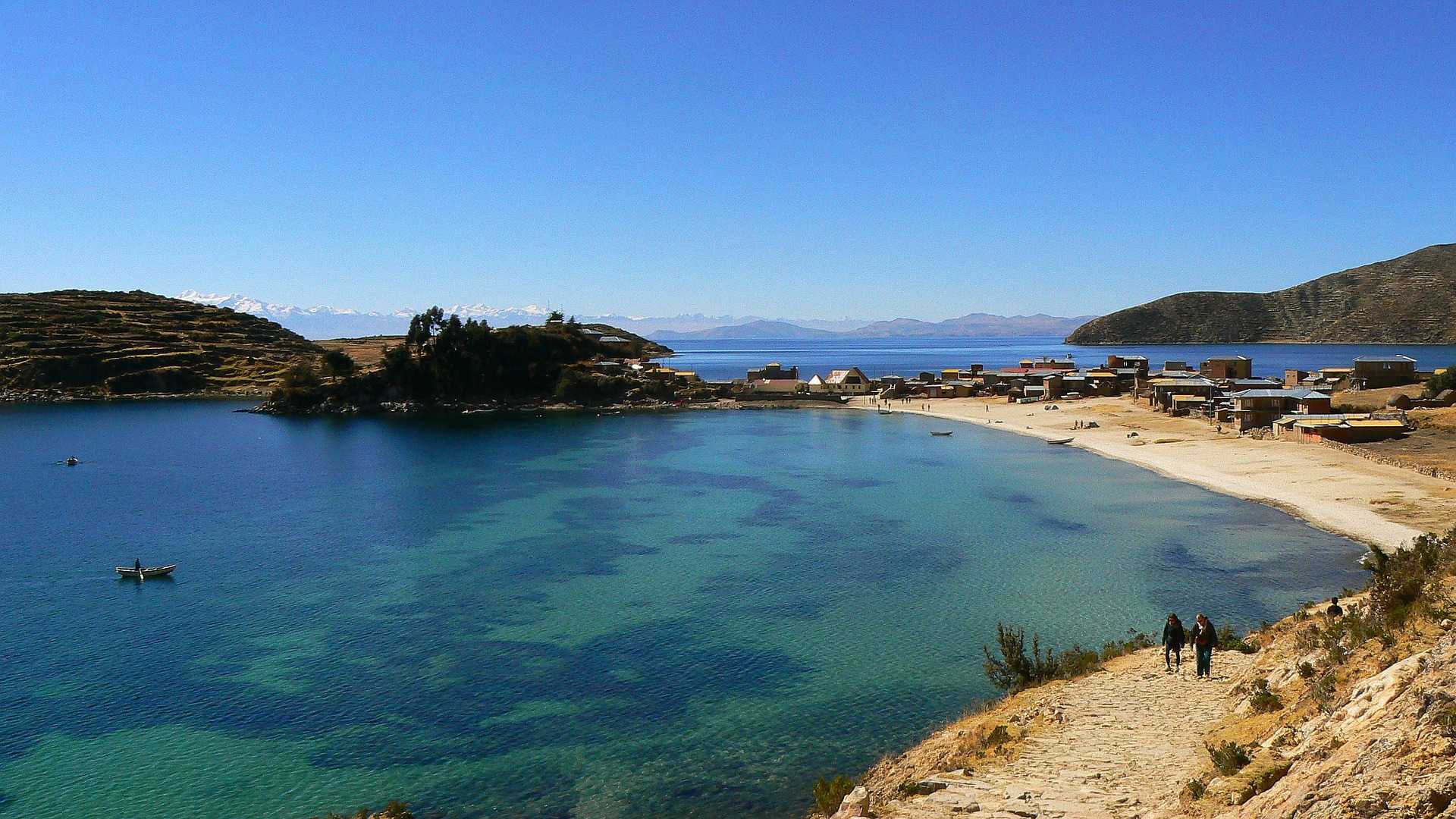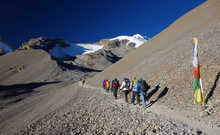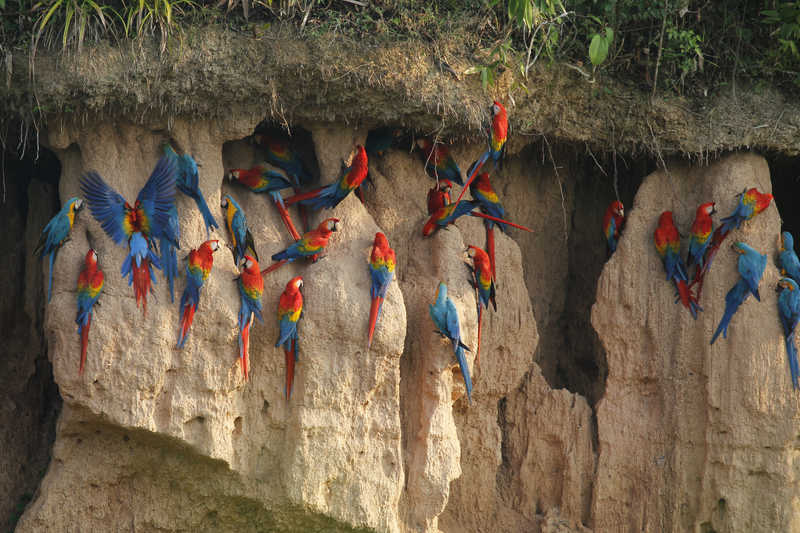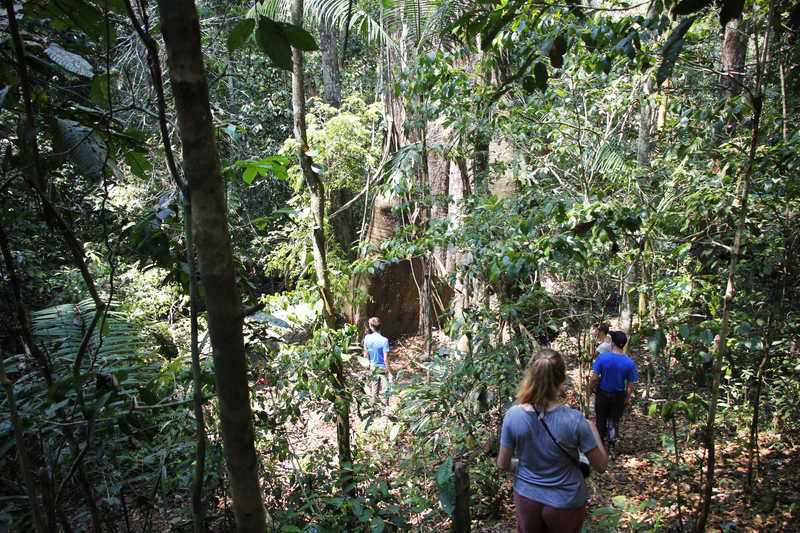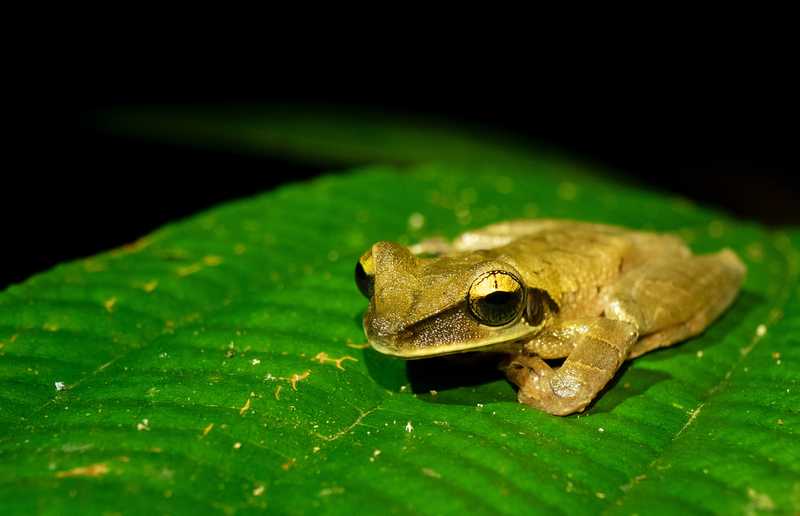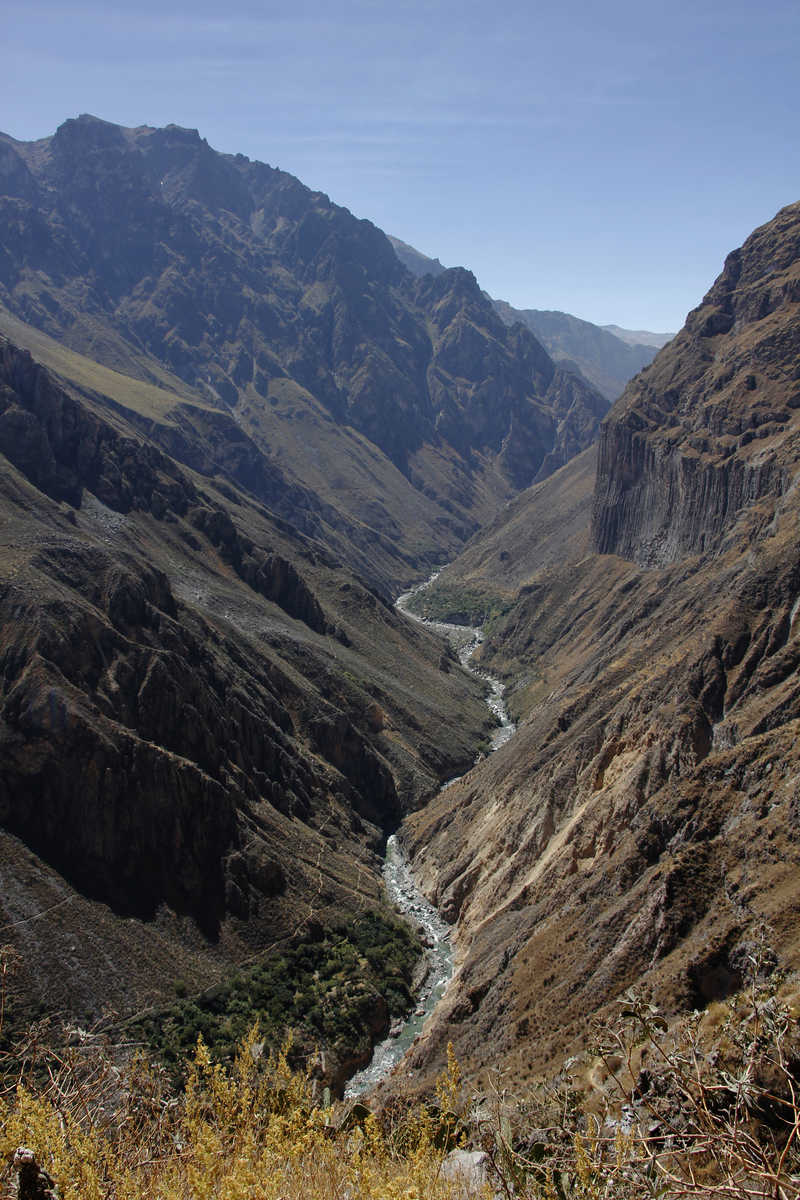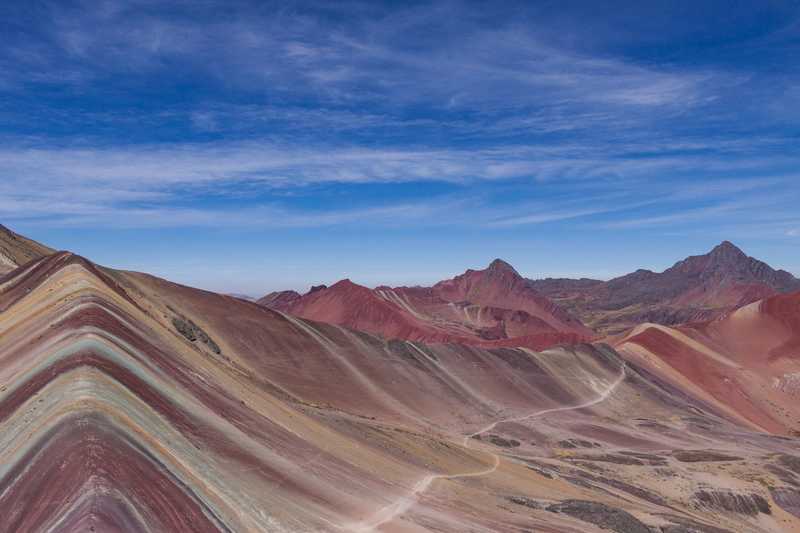Passport
Unlike many other countries where Kandoo operates, there is no requirement that your passport be valid for 6 months longer than your expected stay. As long as it is valid through your departure date, you are fine.
If you are coming into Peru from Ecuador, get your passport stamped for entry at the local immigration office nearest your border crossing. Most enter this way through Aguas Verdes in the Tumbes region. Make sure you find your way to the immigration office there, as if your passport is not stamped you will have to go back to the Ecuador border if your papers are inspected. You may also have trouble if you do not have a valid exit stamp from the country you left before coming to Peru.
Those entering overland from Columbia generally enter through Leticia. You will need to get your passport stamped in Santa Rosa, on the Columbia/Brazil/Peru border. Please keep in mind that Santa Rosa is rather under-policed, and tourists should avoid isolated places, and travel only in groups.
Lastly, if you are crossing into Peru from Bolivia by road, you will need to visit the immigration office for the Puno region, in Desaguadero.
Visa
British and EU nationals do not need a visa to come to Peru as a tourist. You can get permission to visit upon arrival at the airport, and the duration is usually up to six months. American citizens and nationals do not need a visa either so long as they have a valid US passport, but will generally only get permission to stay as a tourist for 90 days. Still, this is usually plenty of time.
Vaccinations
You must though consult your own GP or medical adviser. Your GP will understand your overall fitness levels and any health issues you may have, and will be able to give you much more specific advice about what vaccinations or other medications you need, and which you should not have. When in doubt, ask your doctor!
That having been said, the following is a list of common vaccinations that are useful to many travellers in Peru and surrounding countries, and some specifics about each.
Hepatitis A and B
Kandoo recommends all travellers to the Andes region are vaccinated against Hepatitis A and B.
Typhoid
Typhoid is also present in the region, and it is a good idea for all travellers to be immunised against it.
Yellow Fever
Yellow fever is a problem in the area, especially in regions like the Amazon, the areas around Cuzco (but not the city itself), Loreto, Madre de Dios, north-eastern Ancash, northern Apurimac, northern and north-eastern Ayacucho, northern and eastern Cajamarca, the far north of Huancavelica, most of Huanuco, the north and east of Junin, the east of La Libertad, most of Pasco eastern Piura and northern Puno, as well as San Martin and Ucayali. Anyone travelling to these areas should be vaccinated against yellow fever, unless given specific medical advice otherwise.
Lambayeque, Tumbes, and certain parts of Cajamarca and Piura are less at risk, and only those who can expect to be bitten by large numbers of mosquitoes specifically need to be vaccinated.
Lastly, you will not need yellow fever vaccination if you will be above 2300 metres of elevation for your whole stay, or if you will only be visiting Cuzco, Lima, Machu Picchu and/or the Inca Trail.
Rabies
Trekkers who will be spending a great deal of time out of doors, who will for some reason be dealing with bats, or who are otherwise at risk of being bitten by animals, should be vaccinated against rabies.
MMR (measles, mumps and rubella)
If you have not already had the MMR vaccine and were born after 1956, you should have two doses.
Tetanus-diphtheria
This vaccine should be taken if you have not had the tetanus-diphtheria jab in the last ten years.
Insurance
It is your responsibility to ensure that you are fully and adequately insured for the duration of your trip. Please ensure that all activities, excursions and destinations in your itinerary are included in your travel insurance policy, in addition to your regular cover for cancellation and medical expenses. Most of our treks in Peru do not exceed 4700m with the exception of the Ausangate Trek which will reach 5200m. If you are only doing the Short Inca trail your trek will not exceed 3500m. Please ensure that your insurance policy covers you for trekking at these altitudes.
We ask that you keep a copy of your policy summary (containing policy number and the emergency contact number for your insurer) in your day sack at all times, so that we can access this information should we need to contact the insurer on your behalf.
Health
Altitude Sickness
Altitude sickness, called soroche in Peru and also known as Acute Mountain Sickness (AMS) or hypobaropathy, is an illness caused by exposure to low air pressure, especially low partial pressure of oxygen, which many climbers experience at high altitudes. AMS is caused by exerting yourself at high altitudes, especially if you have not been properly acclimatised. It is most common at altitudes above 2400 metres. Our routes have been designed to aid your acclimatisation wherever possible, but the following will also help your body adjust:
Slow and steady. You need to keep your respiration rate low enough to maintain a normal conversation. If you are panting or breathing hard, you must slow down. There is no pressure on you to keep up with other members of your group.
Drink much more water than you think you need. Proper hydration helps acclimatisation dramatically. You need to drink at least three litres each day.
Diamox
There has been a lot of research on Diamox that shows is that it has been reasonably well proven to be helpful in avoiding AMS by speeding up the acclimatisation process. In the UK it is a prescription drug which must be prescribed by a doctor, but some doctors are reluctant to prescribe it. The concern is that by taking Diamox, people believe that they are immune from AMS and can ignore the symptoms. In reality, although Diamox can help prevent the symptoms, should symptoms still develop it means that you are not acclimatising and you have to take notice. Diamox is taken before you start the trek to prevent altitude sickness, not once symptoms have developed.
Malaria
There is no risk of malaria in Cuzco or on our treks due to the altitude. However, there is a risk of malaria in rural areas of Peru below 2,000m. This would include Tambopata National Park, so if you are planning an extension to the Amazon Rainforest, you need to plan anti-malarial medication for this part of your trip. In addition to taking medication, we would recommend you take every precaution to prevent mosquito bites by wearing long-sleeved trousers and shirts at dusk and dawn when the mosquitos are active, and by using a DEET based mosquito repellent.
Dehydration
You can easily become dehydrated at high altitudes. The lower air pressure forces you to breathe more quickly and deeply, and you lose a lot of water through your lungs. You will also be exerting yourself, and sweating, and may even suffer from diarrhoea. As a result, you will have to drink much more water than you normally would and you should drink at least 3 litres of fluids every day while climbing. Even when you do not feel thirsty you have to drink this amount as a minimum ??? preferably more. Stay on the look-out for signs of dehydration in yourself and your fellow climbers. The most common symptoms include thirst, dry lips, nose or mouth, headache and feeling fatigued or lethargic.
Medication
It is always a good idea to carry a small first aid kit with elasticated bandages, plasters, pain killers, antiseptic cream and any personal medication.
